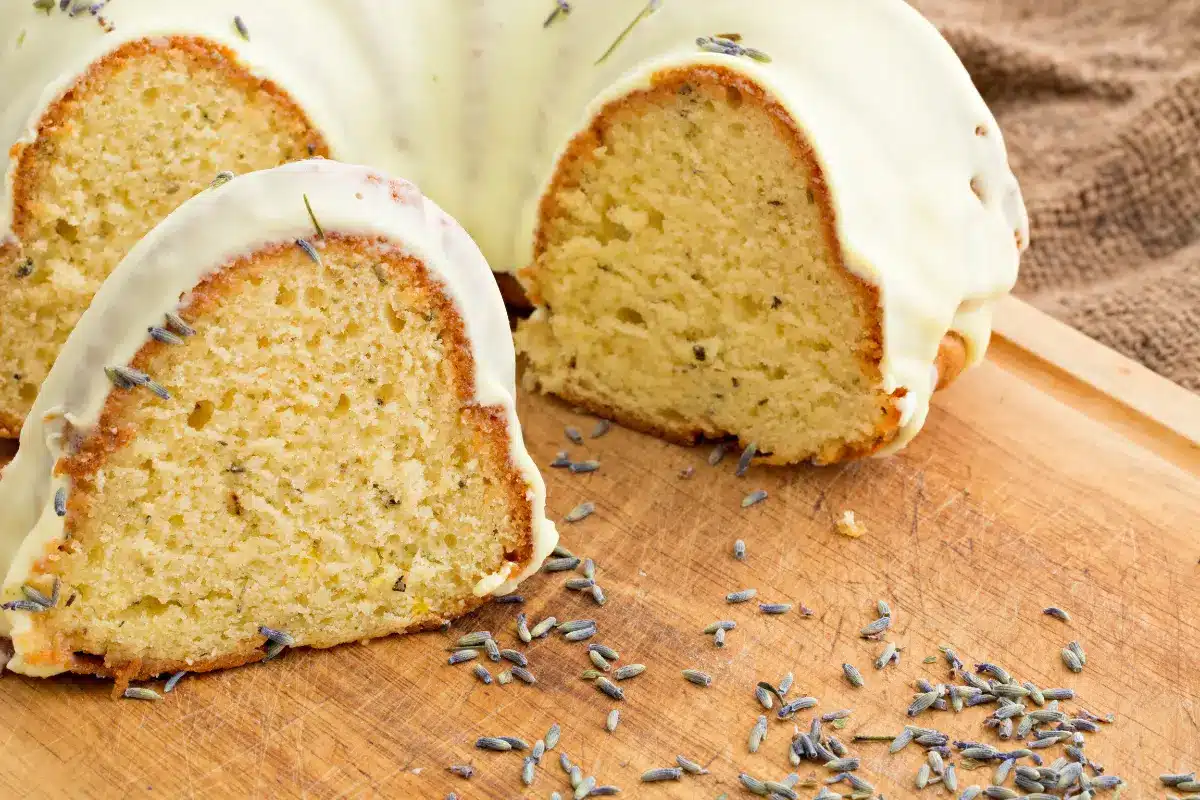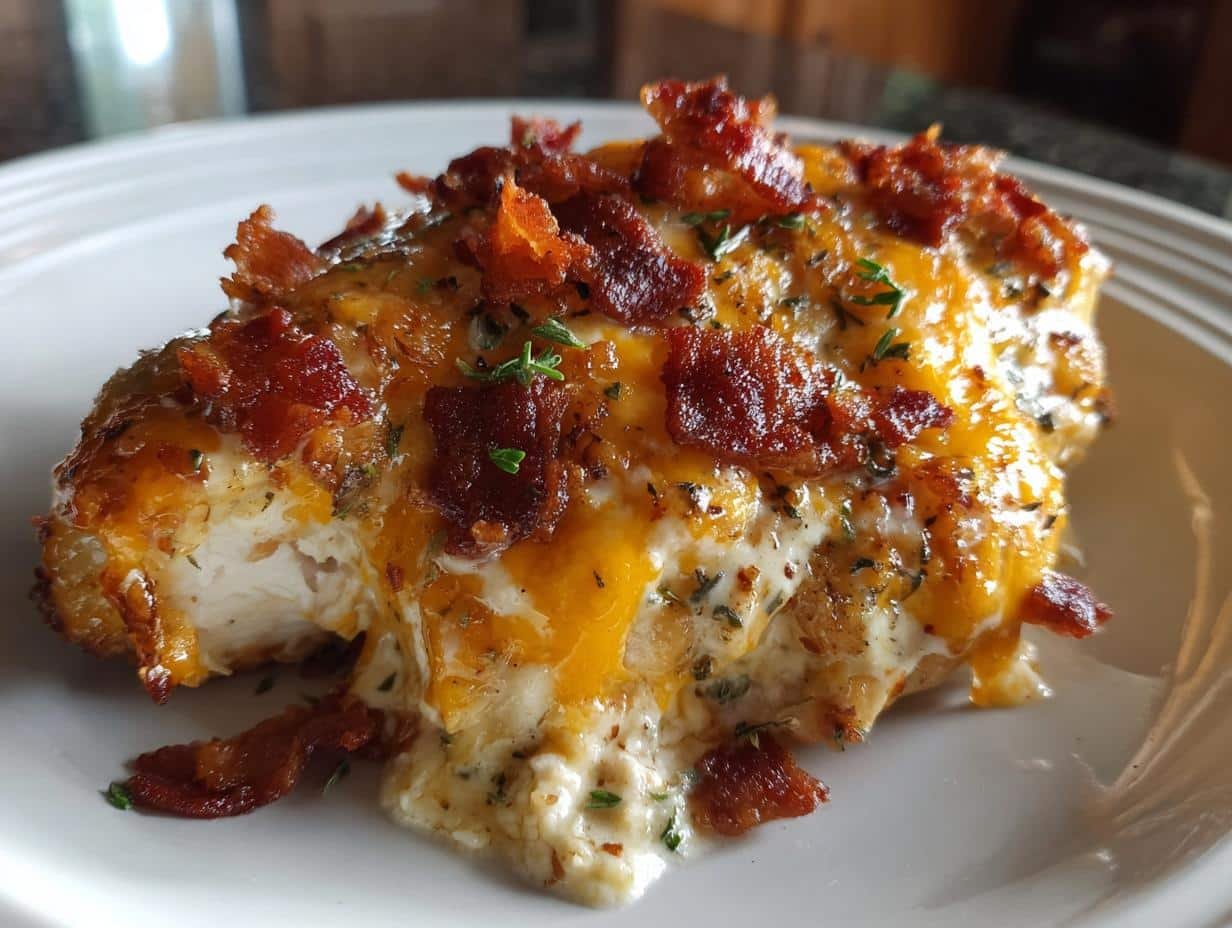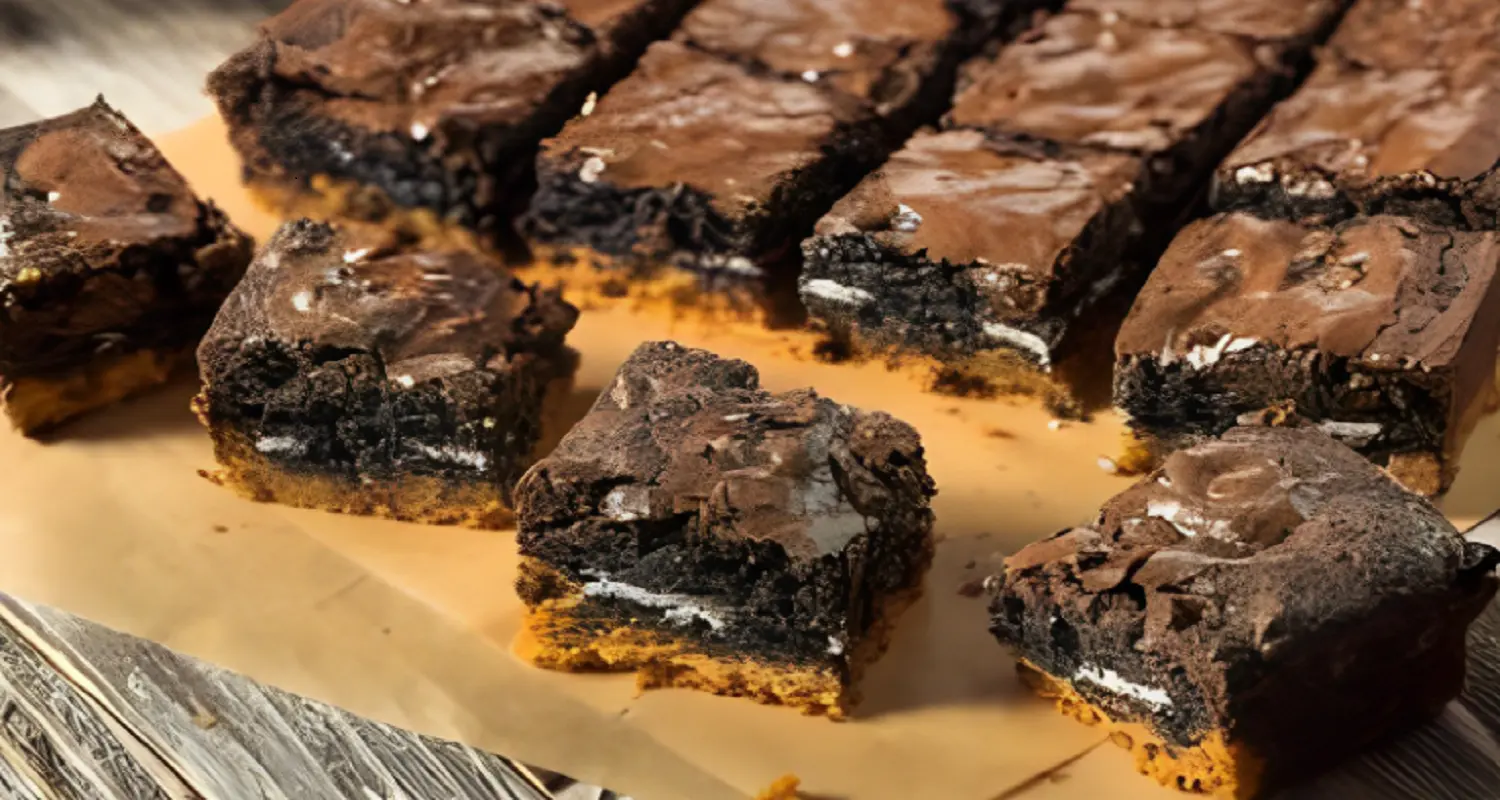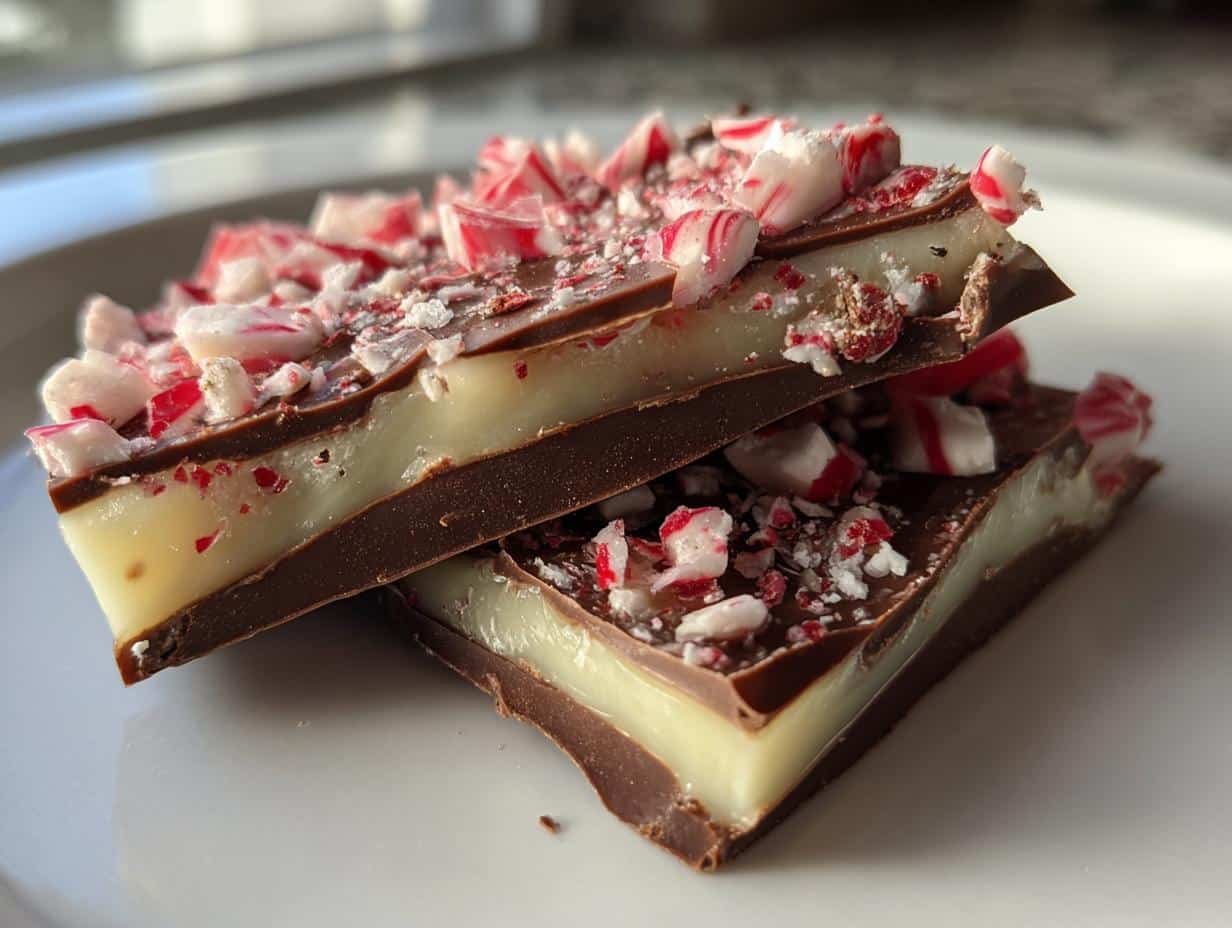In the world of desserts, where the battle for the sweetest, most eye-catching creations often takes center stage, one humble hero rises above the rest with its simple elegance and delectable charm: the bundt cake. This article embarks on a delightful journey to uncover the secrets behind the irresistible allure of bundt cakes. From their rich history and unique design to expert baking tips and common pitfalls to avoid, we’ll explore every nook and cranny of what makes these cakes a staple in kitchens around the globe. So, preheat your ovens, and let’s dive into the sweet, swirling world of bundt cakes.
Part 1: Introduction
The Irresistible Charm of Bundt Cakes
Ah, the bundt cake—a true marvel in the world of confections. With its distinctive ring shape and intricate designs, this cake doesn’t just walk into the party; it makes a grand entrance. But what exactly catapults the bundt cake into the limelight, making it a perennial favorite among both novice bakers and seasoned pastry chefs? Well, dear reader, you’re in for a treat as we slice into the heart of this question.
At first glance, one might wonder, “Why are bundt cakes so good?” It’s not just about the taste—though, let’s be honest, they’re downright delicious. It’s the amalgamation of simplicity, versatility, and that oh-so-satisfying dense yet moist texture that sets them apart. Bundt cakes are the epitome of “less is more.” They require no fancy decorations or elaborate toppings to stand out. Their beauty lies in the simplicity of their form, complemented by the rich, bold flavors hidden within.
For those dipping their toes into the baking world, bundt cakes are like a warm hug—forgiving, straightforward, and always comforting. Yet, for the culinary adventurers among us, these cakes offer a canvas for creativity. From zesty lemon to rich chocolate, the possibilities are as endless as they are delicious.
But let’s not get ahead of ourselves. To truly appreciate the magic of bundt cakes, we must first embark on a sweet journey through time, tracing their origins and evolution. So, tie on your apron, and let’s whisk away to the next part of our story, where history and cake batter mix in the most delightful way.
Part 2: The History and Evolution of Bundt Cakes
A Sweet Journey Through Time
The story of the bundt cake is as rich and layered as the cake itself. This culinary icon didn’t just appear out of thin air; it has a history that’s as fascinating as its design. So, where did this delightful dessert begin its journey? Let’s turn the pages back to the mid-20th century, to a time when a simple request would lead to the creation of an enduring baking legacy.
The bundt cake owes its origins to European bakes like the German Gugelhupf, a traditional, yeast-based cake. However, the bundt cake, as we know it today, is a tale of American innovation. In the 1950s, members of the Minneapolis-based Hadassah Society approached Nordic Ware, a local cookware manufacturer, with a request. They sought a lighter, aluminum version of the heavy, cast-iron pans used to make their cherished Kugelhupf. Nordic Ware obliged, creating the first bundt pan. Yet, it wasn’t until the 1960s, when a bundt cake called the “Tunnel of Fudge,” baked by Ella Helfrich, took second place in the Pillsbury Bake-Off, that the bundt cake truly captured the hearts and kitchens of America.
From there, the popularity of the bundt cake soared. The intricate design of the bundt pan, with its central tube and fluted sides, allowed for more even heat distribution, ensuring a perfectly cooked cake every time. This design not only made the cakes beautiful but also incredibly versatile. The bundt cake became a canvas for a myriad of flavors and ingredients, from nuts and fruits to chocolate and spices.
As the decades passed, the bundt cake continued to evolve. Bakers around the world experimented with new recipes and designs, pushing the boundaries of what could be considered a bundt cake. Today, there are countless variations, each with its own unique twist on the classic form.
Part 3: What Makes Bundt Cakes So Good?

The Secret Ingredients to Their Success
Diving into the heart of our sweet exploration, it’s time to unravel the mystery: Why are bundt cakes so irresistibly good? The answer lies not just in one, but several key factors that combine to create the perfect storm of deliciousness. Let’s slice into these aspects one by one.
Unique Design and Even Cooking
First and foremost, the bundt pan itself plays a starring role. Its signature ring shape isn’t just for show; it ensures the cake cooks evenly, preventing the dreaded baking mishap of a doughy center. The central tube allows heat to circulate throughout the cake, ensuring each bite is baked to perfection. This design isn’t just practical; it also imparts the cake with a distinctive look, making it a feast for the eyes as well as the palate.
Versatility in Flavors
One of the bundt cake’s most appealing traits is its versatility. Whether you’re a fan of rich chocolate, tangy lemon, or seasonal pumpkin spice, there’s a bundt cake recipe out there for you. This versatility extends beyond flavors to include various mix-ins and toppings, from nuts and fruits to decadent glazes and simple dustings of powdered sugar. The bundt cake is a blank canvas, ready to be customized to your heart’s content.
Moist and Dense Texture
The texture of a bundt cake is another key to its allure. Unlike lighter, airier cakes, bundt cakes boast a moist and dense crumb that feels satisfyingly substantial. This texture is achieved through the careful balance of ingredients and the unique cooking properties of the bundt pan. The result is a cake that’s rich and satisfying, perfect for savoring with a cup of coffee or tea.
Aesthetic Appeal Without Effort
Lastly, the aesthetic appeal of bundt cakes cannot be overstated. The intricate designs of bundt pans create cakes that are beautiful without the need for elaborate decoration. A simple glaze or dusting of sugar is often all it takes to transform a bundt cake into a show-stopping dessert. This ease of decoration makes bundt cakes an attractive option for bakers of all skill levels, from beginners to experts.
In essence, the magic of bundt cakes lies in their unique blend of form and function. They are a testament to the idea that simplicity can be stunning, and that flavor should never be sacrificed for style. As we continue our journey through the world of bundt cakes, keep in mind these key ingredients to their success: the innovative design of the bundt pan, the endless possibilities for customization, the irresistibly moist and dense texture, and the effortless beauty of the finished product. Together, these elements bake up into the undeniable goodness of bundt cakes.
Part 4: Tips for Baking the Perfect Bundt Cake
Mastering the Art of Bundt Baking
Achieving the perfect bundt cake is akin to conducting a symphony; every element must harmonize for a flawless performance. Fear not, for with these expert tips, you’ll be well on your way to baking bundt cakes that are as delightful to behold as they are to devour. Let’s dive into the essentials of bundt cake mastery.
Choosing the Right Recipe
First things first, the foundation of a great bundt cake lies in selecting the appropriate recipe. Remember, not all cake batters are suited for the bundt’s dense and moist nature. Opt for recipes designed specifically for bundt pans or those that are rich and sturdy, such as pound cakes or carrot cakes. These types of batters can withstand the intricate designs of bundt pans, ensuring your cake is as beautiful as it is tasty.
Preparing the Bundt Pan
The bundt pan’s design, while stunning, can be a baker’s nemesis if not properly prepared. To ensure your cake releases seamlessly, generously grease the pan with butter or a baking spray, paying close attention to all the nooks and crannies. For an extra layer of insurance, dust the greased pan with flour or cocoa powder (for chocolate cakes), tapping out the excess. This step is crucial for achieving that perfect, crisp detail on your cake’s exterior.
Ensuring Even Baking
Uneven baking can result in a bundt cake that’s too dark on the outside or undercooked in the middle. To avoid this, place your bundt pan in the center of the oven, where air circulates freely. If your oven has hot spots, rotate the pan halfway through baking. Remember, patience is key; opening the oven door too early can cause the cake to fall. Trust in the process and your oven’s capabilities.
Cooling and Releasing the Cake
Once your bundt cake has finished baking, the temptation to immediately unmold it can be strong. However, allowing the cake to cool in the pan for about 10 minutes helps it set and makes for easier release. When ready, gently run a knife around the edges and center tube to loosen the cake. Place a cooling rack over the pan, invert it, and gently lift the pan away. If done correctly, your cake should release smoothly, revealing the intricate design in all its glory.
Mastering the art of bundt cake baking is a journey filled with sweet rewards. By choosing the right recipe, preparing your pan with care, ensuring even baking, and practicing patience during cooling, you’ll unlock the secret to baking bundt cakes that are as impressive to present as they are pleasurable to eat. Remember, each cake is an opportunity to refine your skills and express your creativity. So, preheat your oven, and let the baking begin!
Part 5: Common Mistakes to Avoid
Baking Blunders and How to Dodge Them
Even the most seasoned bakers can sometimes find themselves in a sticky situation, especially when it comes to the whimsical world of bundt cakes. To ensure your baking adventure doesn’t turn into a cautionary tale, let’s highlight some common pitfalls and how to skillfully sidestep them.
Overmixing the Batter
In the quest for a perfect cake, there’s a fine line between well-mixed and overmixed. Overmixing the batter can lead to too much gluten development, making your cake tough rather than tender. To avoid this, mix your ingredients until just combined. It’s okay if the batter isn’t perfectly smooth; a few lumps can actually be a good sign. Remember, a gentle hand leads to a soft cake.
Incorrect Pan Preparation
The bundt pan, with its intricate design, demands respect and careful preparation. A common misstep is not greasing the pan thoroughly, leading to a cake that stubbornly clings to its metal confines. As mentioned earlier, make sure to grease every crevice and then dust with flour or cocoa powder to ensure a smooth release. Skipping this step or doing it haphazardly can turn your cake’s debut upside down, and not in the good, pineapple-cake kind of way.
Avoiding these common mistakes can make the difference between a bundt cake that’s a hit and one that’s a miss. Keep these tips in mind, and you’ll be well on your way to creating bundt cakes that are not only delicious but also visually stunning. Remember, every baker has their share of flops and fiascos; what matters is learning from them and continuing to bake with joy and curiosity.
Part 6: FAQs
Answering Your Bundt Cake Queries
In the world of bundt cakes, questions abound. Whether you’re a first-timer or a seasoned baker, there’s always something new to learn. Let’s tackle some of the most common queries that might pop up during your bundt baking journey.
Why is my bundt cake dry?
A dry bundt cake can be the result of several factors: overbaking, incorrect measurements, or the wrong type of ingredients. To keep your cake moist, ensure you’re measuring ingredients accurately (preferably with a scale), following the recipe’s baking time and temperature closely, and using ingredients like sour cream or yogurt, which can add moisture to the batter.
Can I use a regular cake mix in a bundt pan?
Yes, you can use a regular cake mix in a bundt pan, but with a twist. To adjust a standard cake mix for a bundt pan, consider adding an extra egg, substituting milk for water, and using melted butter instead of oil. These tweaks can help achieve the denser, moist texture that bundt cakes are known for.
How do I prevent my bundt cake from sticking to the pan?
Preventing your bundt cake from sticking is all about proper pan preparation. Generously grease your bundt pan with butter or non-stick spray, making sure to get into all the grooves. Dusting the greased pan with flour or cocoa powder (for chocolate cakes) helps create a barrier that promotes easy release. Additionally, allowing the cake to cool in the pan for about 10 minutes before inverting can prevent sticking.
Armed with these answers, you’re now better equipped to tackle the world of bundt baking with confidence. Remember, every question you ask is a step closer to achieving bundt cake perfection. So, keep those queries coming, and let the sweet scent of success fill your kitchen.
Part 7: Conclusion
The Sweet End
As our journey through the enchanting world of bundt cakes comes to a close, it’s clear that these delightful desserts hold a special place in the hearts of bakers and sweet lovers alike. From their humble beginnings to their rise as a beloved baking staple, bundt cakes have proven time and again that simplicity, paired with a touch of creativity, can lead to truly spectacular results.
We’ve explored the rich history and evolution of the bundt cake, uncovered the secrets to its irresistible goodness, and shared essential tips for baking the perfect cake. Along the way, we’ve addressed common baking blunders and answered your most pressing questions, all in the hope of inspiring you to create your own bundt cake masterpieces.
Remember, the beauty of bundt cakes lies not just in their aesthetic appeal but in the joy and satisfaction they bring to both the baker and those lucky enough to enjoy a slice. Whether you’re celebrating a special occasion or simply indulging in a sweet treat, a bundt cake is always a welcome addition to any table.
So, preheat your ovens, gather your ingredients, and let the magic of bundt baking begin. With each cake you bake, you’re not just creating a dessert; you’re crafting a moment of happiness, a memory to be savored and shared. Here’s to many more delicious adventures in the world of bundt cakes. Happy baking!
LSI and NLP Keywords:
- Bundt cake recipes
- Moist bundt cake
- Bundt cake pan
- Chocolate bundt cake
- Lemon bundt cake
- Glazed bundt cake
- Bundt cake decorating
- Easy bundt cake
- Bundt cake variations
- Baking tips for bundt cakes
Recommended External Links:
- King Arthur Baking: Bundt Cake Recipes – Anchor text: “Explore a variety of bundt cake recipes”
- Wilton: Bundt Pan Baking Tips – Anchor text: “Master bundt cake baking with these tips”
- Food Network: Best Bundt Cake Decorating Ideas – Anchor text: “Get inspired with bundt cake decorating ideas”
This outline is designed to guide the creation of a comprehensive and engaging article on why bundt cakes are so good, structured to meet SEO best practices and provide valuable information to the reader.




